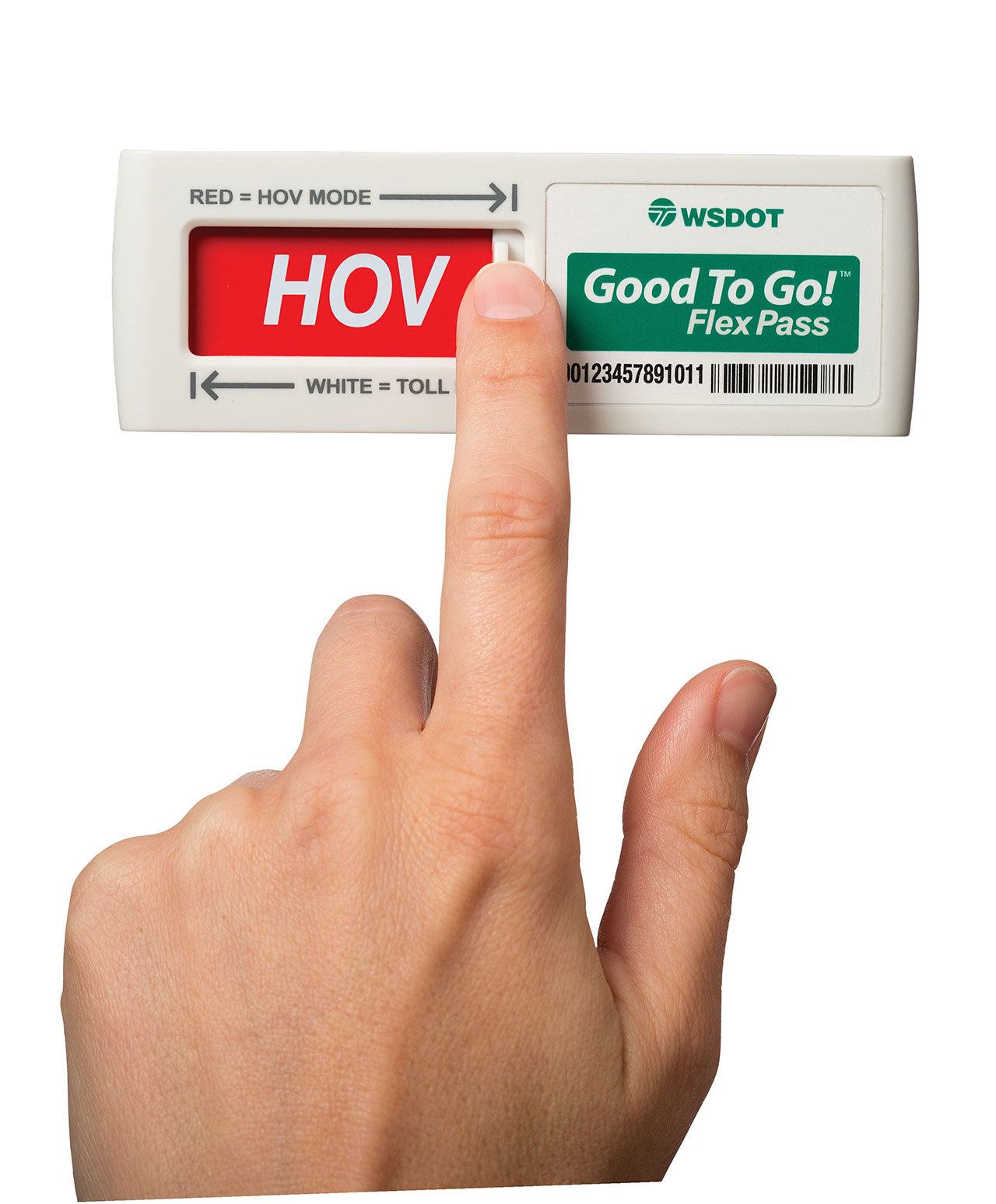By The Herald Editorial Board
Few drivers who depend on I-405 for their daily commutes are going to break out the party hats to mark the occasion, but the interstate’s express toll lanes — or HOT (high-occupancy toll) lanes or Lexus lanes, if you prefer — marked their first year of operation last week.
After what state officials admitted was a rough roll-out, adjustments were made, including opening the lanes to toll-free travel to all drivers on evenings and weekends.
And while individual drivers have reported mixed reviews to The Herald’s Street Smarts columnist Melissa Slager on how the lanes are effecting congestion for drivers, state Department of Transportation figures show general improvement.
Most drivers are seeing less congestion on all lanes as compared to before the tolls began. The exception has been the segment of I-405 between I-5 and Highway 522 near Bothell; drivers there are seeing commutes that are about three minutes or more longer on average.
“People are saving time. Trips are more reliable, both general purpose and express toll lanes,” Tyler Patterson, operations manager for the Department of Transportation, told The Herald.
Beyond some congestion relief, the lanes are meeting the two-year pilot project’s other requirements:
That the express lanes maintain average speeds of at least 45 mph 90 percent of the time so that buses run by Community Transit can keep to a reliable schedule;
And that the lanes generate enough revenue to pay for themselves, which they’ve more than done; the lanes are expected to generate about $20 million in revenue in their first year.
The lanes are exceeding the state’s revenue expectation largely because many have been willing to pay up to $10 in tolls to use them. Drivers are paying from 75 cents to $4 to use the lanes about 80 percent of the time, but the tolls, which go up as traffic increases in the lanes, often reach the $10 limit.
And, yes, they have earned that Lexus lane nickname. Survey data from the state shows that about 80 percent of express lane drivers, those paying tolls and driving in carpools, report incomes above $75,000, well above the county’s median salary of $67,000.
But those drivers generating that revenue are footing some of the bill for coming projects on I-405 that are intended to make traffic flow better for all drivers. Most immediately, the windfall has allowed the state to move up by a year a construction project to add shoulder driving on northbound I-405 between Highway 527 and I-5.
More improvements are planned, including a second toll lane in the same stretch of I-405 and a direct access ramp to Highway 522, which should aid transit routes. Those projects are years off but should arrive sooner than would have been possible without the revenue from tolls.
The toll lanes have become a political issue in legislative races and the governor’s race, and bills to remove the tolls are likely to return to the Legislature in January. But a year into its two-year study, the express toll lanes should be allowed to continue, with an eye toward making improvements where practical.
The state should still look for ways to make the Good to Go passes and accounts — transponders used to record when drivers on using the lanes and the prepaid online accounts — easier to sign up for and manage. It remains a complicated system that may discourage some from using the lanes.
The residential population and growth in businesses and industry surrounding the I-405 corridor will only increase during the next 10 to 20 years. And it could be another 10 years or more before the state sees a significant transportation package like the one passed in 2015.
Without some source of dedicated revenue for improvements, I-405 would only see periods of bumper-to-bumper traffic more often. That’s a party no one wants to go to.
Talk to us
> Give us your news tips.
> Send us a letter to the editor.
> More Herald contact information.

























